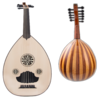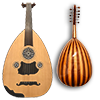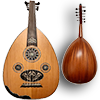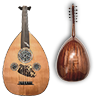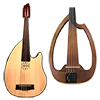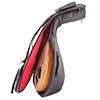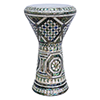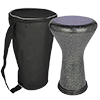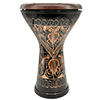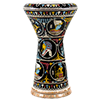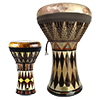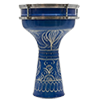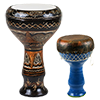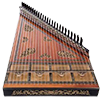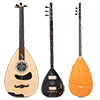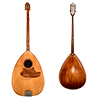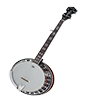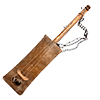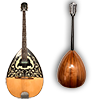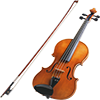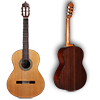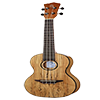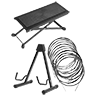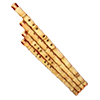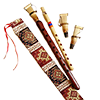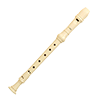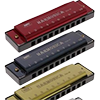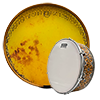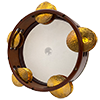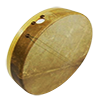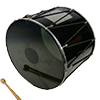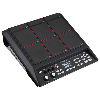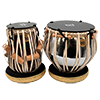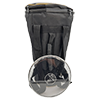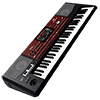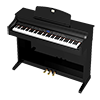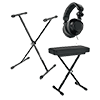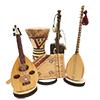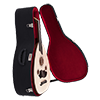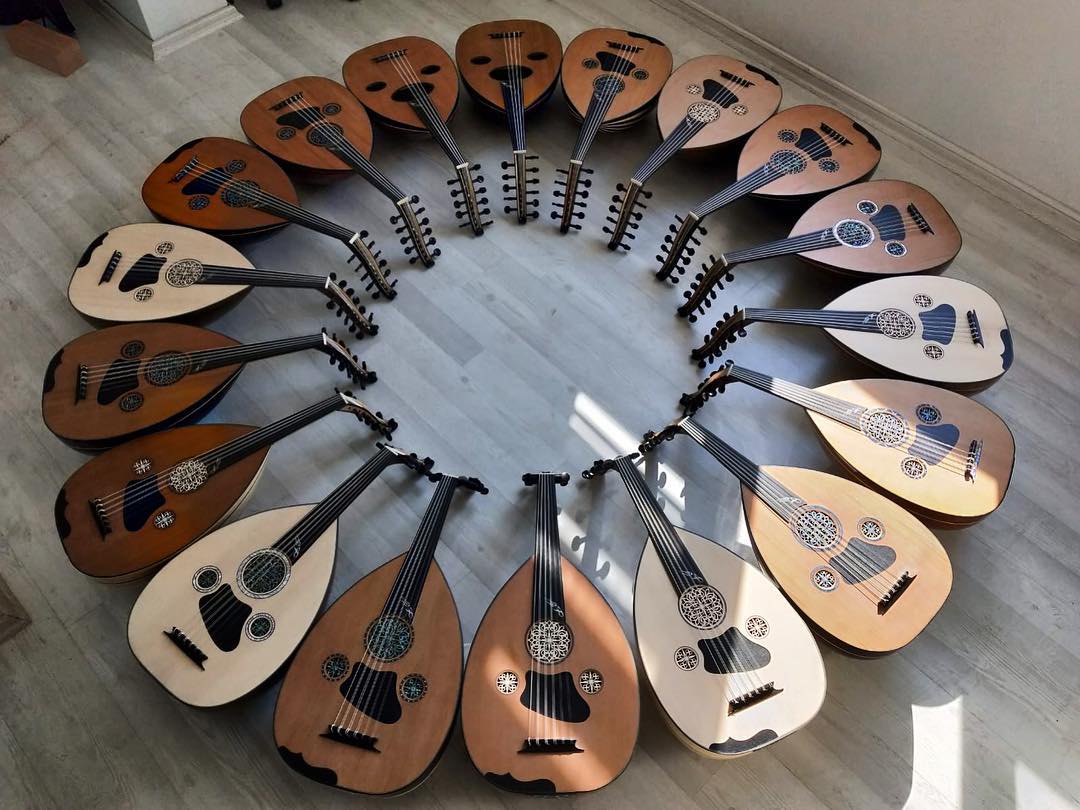All about the Riq
The riq is a type of tambourine used as a traditional instrument in Arabic music. The Riq is an important instrument throughout the Arabic-speaking world as well as in countries like Greece. The riq instrument is used in folk music in Middle Eastern countries, Turkey and Greece . It usually accompanies the popular Middle Eastern hand drum, the Darbuka.
Bells can be placed on the edge of the Riq to ring it. In the 13th century, the riq, which the Crusaders brought to Europe from the Middle East, was mainly played by women to accompany songs and dances. Modern riq entered Europe in the 18th century with the influence of Ottoman mehter music and took its place in 18th century opera music.
By the way, it can also be spelled as "riq, riqq, rik, daf, tef or reqq". The playing techniques of the riq are similar to the tambourine. It has 5 double jingle pairs in the frame and is usually around 9cm in diameter.
Riq's story
The history of the riq dates back to antiquity. Figures with a riq in their hands have been found during archaeological excavations in Mesopotamia and elsewhere.
The Riq is a tempo percussion instrument in Turkish music. It passed from the Arabs to Europe via Spain and was called tambour basque. He also enters the orchestra.
With each beat, 8 pairs of small fine brass bells on the hoop strike the hoop and ring out.
Today, the riq, which is mostly used at henna parties and rural weddings, is divided into two (zilli riq and zilless riq). The riq, which is lifted into the air by being held and played by both striking and shaking, emitting a rhythmic sound every second it is shaken if it has a bell.
Structure of Riq
The riq instrument in ancient times, was made of wooden frame, jingles and a thin, translucent fish or goat skin head, but in modern times people have used more modern materials such as aluminum, it can also be decorated with beautiful mosaics or mother of pearl. It is between 20 and 25 cm in diameter. It has ten pairs of small cymbals (about 4-6 cm in diameter) , mounted in five pairs of slots. The skin of a fish or a young goat is glued and tightened on the frame about 6 cm deep. Animal skin riq instrument models have a natural and warm sound. But the skin head is sensitive to humidity and must be carefully protected ( put the riq case link ).
How to play and Riq technique?
While the Riq instrument resembles a tambourine, the playing techniques on the instrument are very different. Players can use their fingers, clap jingles, shake the Riq instrument in a back and forth or twisting motion and strike the edge of the drum with the palm of the hand and his need for freedom of movement requires that he stands up.
Students of the instrument must master the technical problems imposed by the timbre of the membrane and the jingles, separately or in combination; in addition to developing virtuoso technique, they also need to learn the many rhythmic cycles and the techniques for modifying them through creative invention. There are a few different playing positions, like "classic" or "soft" position which doesn't use the jingle, or "cabaret" position which uses the jingles and is much louder. There are also a few open positions that use a lot of jerks, these are used a lot in North Africa with the smaller riqs.
Riq tuning and performance
First, sound is produced by striking the membrane with either hand - the left hand, which also holds the Riq, strikes the edges and the right hand strikes the center. The fingers of the right hand are attached to their neighbors and suddenly released (like the action of snapping the fingers) to produce loud, fast, high-pitched sounds.
Tuning the riq is much easier compared to other stringed instruments. It is enough to have only one allen key ( to put link ) to make tunings in riqs. With this key, the tuning can be adjusted by loosening the screws removed when changing the skin of the riq or by tightening them depending on the situation. When you over-tighten the screws, the result is a harsher, thinner sound. Tight screws cause skin tightening. On the contrary, when the screws are loosened, the leather loosens and the resulting sound thickens. This adjustment can be made easily by users according to the purpose of use and the desired tone of the sound.



